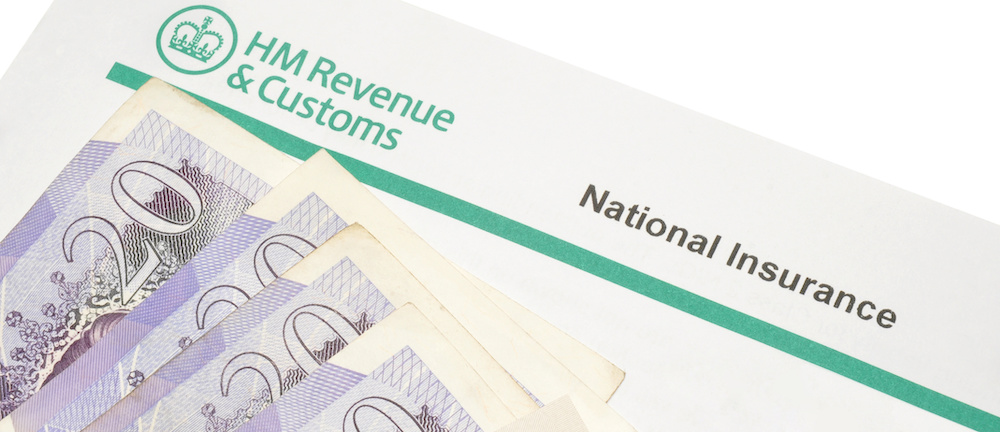
Around 31 million taxpayers are expected to benefit from an increase in take home pay from April 2020 when the National Insurance Contributions (NIC) threshold rises from £8,632 to £9,500 per year.
A typical employee will save around £104 in 2020/21, while self-employed people, who pay a lower rate, will have around £78 cut from their bill.
All the other thresholds will rise with inflation, except for the upper NICs thresholds which will remain frozen at £50,000, as announced at Budget 2018.
2020/21 rates and threshold are as follows:
Lower earnings limit (LEL):
– £120 weekly
– £520 monthly
– £6,240 yearly
Primary threshold (PT):
– £183 weekly
– £792 monthly
– £9,500 yearly
Upper earnings limit (UEL):
– £962 weekly
– £4,167 monthly
– £50,000 yearly
Rate on earnings up to PT : 0%
Rate above PT: 12% on £183.01 to £962 weekly, 2% on excess over £962 weekly
Reduced rate: 5.85% on £183.01 to £962 weekly, 2% on excess over £962 weekly
Secondary earnings threshold (ST)
– £169 weekly
– £732 monthly
– £8,788 yearly
Upper secondary threshold (UST) for under 21s
– £962 weekly
– £4,167 monthly
– £50,000 yearly
Apprentice upper secondary threshold (AUST) for under 25s
– £962 weekly
– £4,167 monthly
– £50,000 yearly
Rate: 13.8% on earnings above the ST/UST/AUST
Employment allowance: £3,000 per year, per employer
Rate: £3.05 per week
Small profits threshold: £6,475
Rate: £15.30 per week
– Annual lower profits limit: £9,500
– Annual upper profits limit: £50,000
Rate on profits between lower and upper limits: 9%
Rate on profits exceeding upper profits limit: 2%.
In announcing the rates, the former Chancellor confirmed the government commitment to keeping tax low to ensure people keep more of what they earn. Ministers have pledged that the rates of income tax, National Insurance and VAT will not rise, and the government has set out an ambition to raise the National Insurance thresholds to £12,500, putting almost £500 a year into people’s pockets.